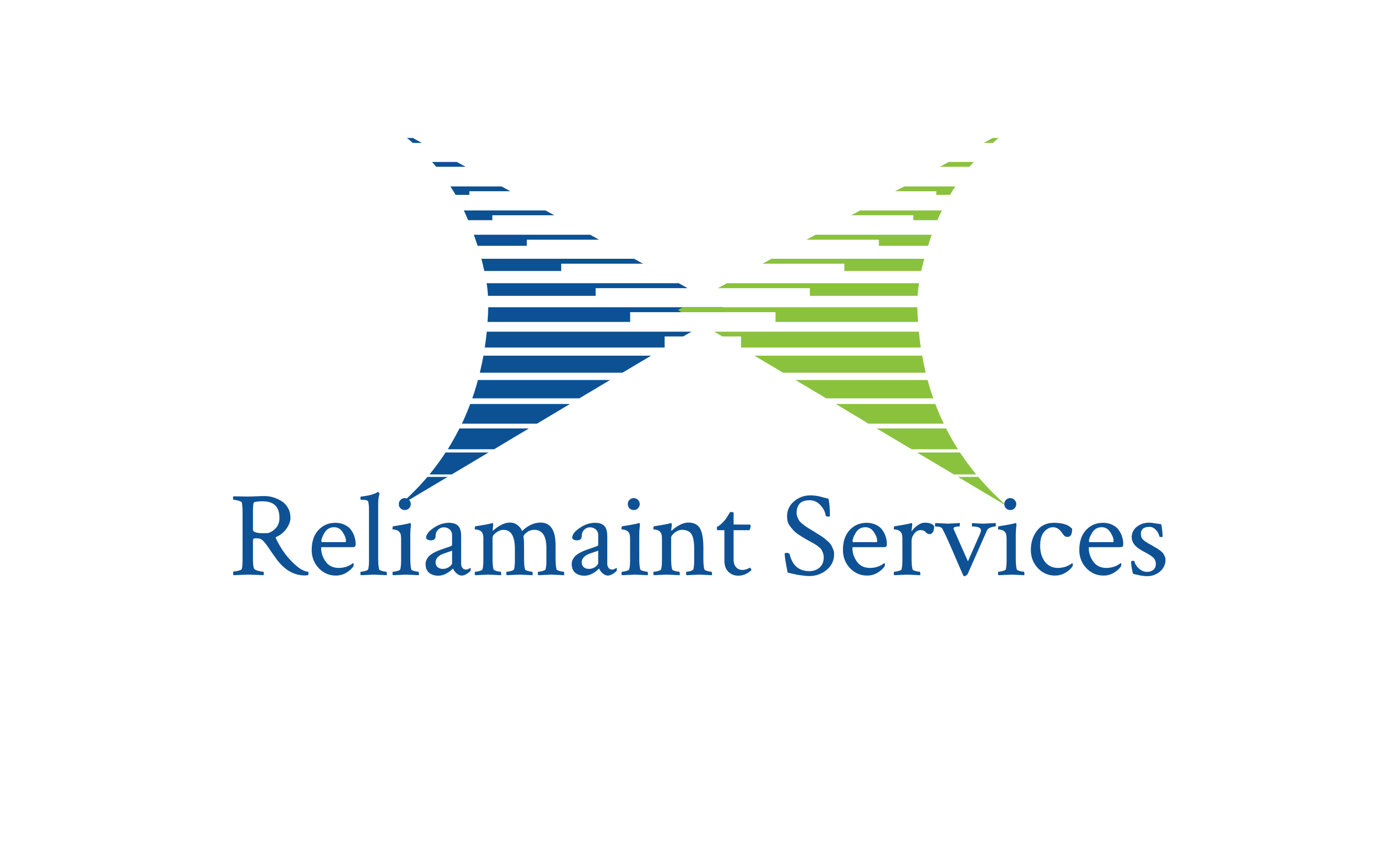Asset Reliability
How AI is Cutting Costs and Boosting CMMS Effectiveness
- 09 May. 2025
- 11 min read
Computerized Maintenance Management Systems (CMMS) have long been tools reserved for larger, tech-savvy organizations. But that’s changing — fast. Thanks to Artificial Intelligence (AI), modern CMMS platforms are not only becoming more powerful, but also drastically more cost-effective and user-friendly. AI is acting as a game-changer, making CMMS systems smarter, leaner, and more accessible to organizations of all sizes.
Here’s how AI is transforming the CMMS landscape — reducing costs and driving wider adoption across the maintenance world.
-
Smarter Preventive Maintenance with Lower Downtime Costs
One of the biggest cost-saving advantages AI brings to CMMS is in optimizing preventive maintenance. Traditional CMMS requires human inputs to schedule tasks and interpret asset history. AI changes the game by learning from equipment data, usage patterns, and past breakdowns to predict optimal maintenance schedules.
This means maintenance happens just in time — not too early to waste resources, and not too late to cause failures. By avoiding over-maintenance and minimizing unexpected downtimes, plants can drastically cut both labor and production loss costs.
-
Automated Work Order Prioritization
AI-enabled CMMS can intelligently prioritize work orders based on asset criticality, historical failure patterns, and production schedules. This removes the need for supervisors to manually juggle work priorities.
The result? Fewer decision bottlenecks, faster response times, and more efficient use of technician hours — all contributing to reduced operational overhead.
-
AI Chatbots and Virtual Assistants for Technician Support
AI-powered virtual assistants can guide technicians in real time. Whether it’s helping fill out job reports, suggesting troubleshooting steps, or retrieving past maintenance logs, AI assistants reduce the burden on supervisors and cut time spent searching for information.
This eliminates training barriers and allows even less-experienced technicians to perform complex tasks — reducing dependency on senior staff and speeding up maintenance cycles.
-
Accurate Planning and Scheduling
AI makes CMMS planning more accurate by analyzing multiple data points — from equipment health, spare part inventory, seasonal patterns, to team availability. Unlike static planning methods, AI-based scheduling is dynamic and adjusts in real time.
This helps in creating realistic and efficient schedules, minimizes idle time, and ensures teams are deployed where they’re needed most — all of which directly translates into cost savings and improved performance.
-
Reducing CMMS Implementation and Training Costs
Traditionally, implementing a CMMS was a resource-heavy process involving consultants, months of data cleanup, and extensive staff training. Today’s AI-enabled CMMS platforms can auto-suggest equipment hierarchies, auto-fill data fields, flag inconsistencies, and simplify onboarding through smart walkthroughs.
That means faster rollout, lower consultant bills, and quicker return on investment — especially critical for mid-size plants and first-time adopters.
-
Real-Time Insights Without Full-Time Analysts
AI in CMMS can automatically generate health reports, KPI dashboards, and even cost analysis summaries. Maintenance managers no longer need to manually compile data — the system does it for them, with recommendations on what actions to take next.
This empowers smaller teams to make data-backed decisions without needing a dedicated analyst or data expert.
Conclusion: AI Makes CMMS Practical, Not Just Possible
About ReliaMaint
Stay tuned to for insights on asset reliability and maintenance management..

Neeraj Kumar
CEO & Co-Founder
Recent Posts
Planning and Scheduling in Equipment Maintenance.
What CEOs Need to Know About Physical Asset Management.
CMMS.. a catalyst for reliability culture
How Data Driven Process of Reliability and Maintenance can enhance Asset Performance.
Categories
Tags
Newsletter
Contact us
Contact us to Know more on these Topics.
Send